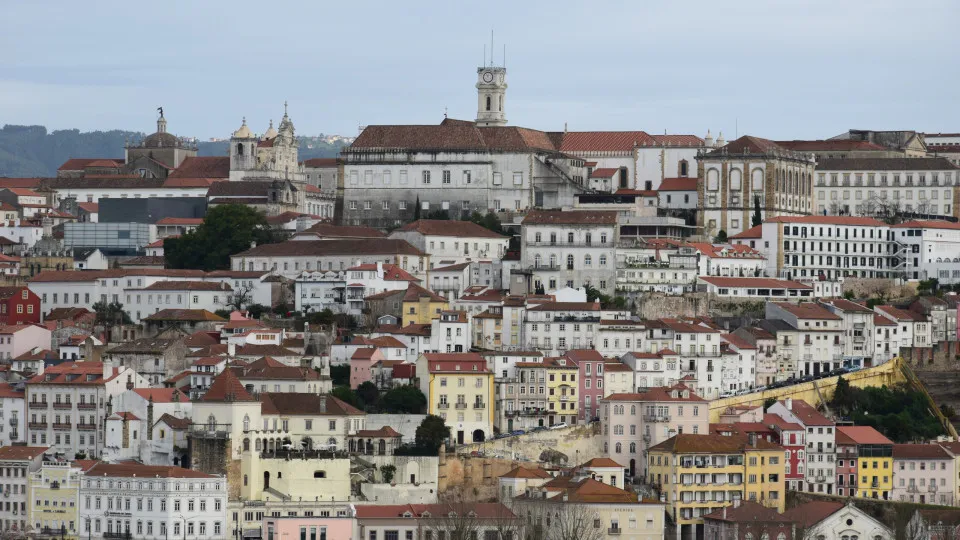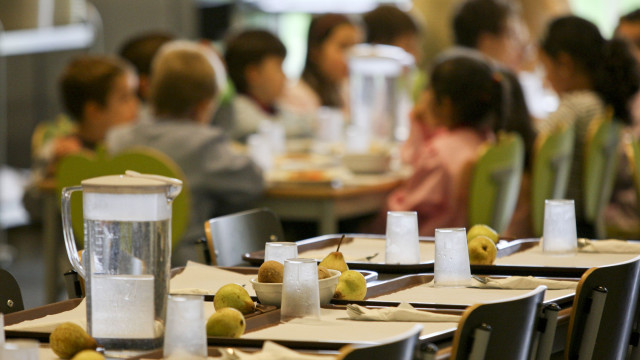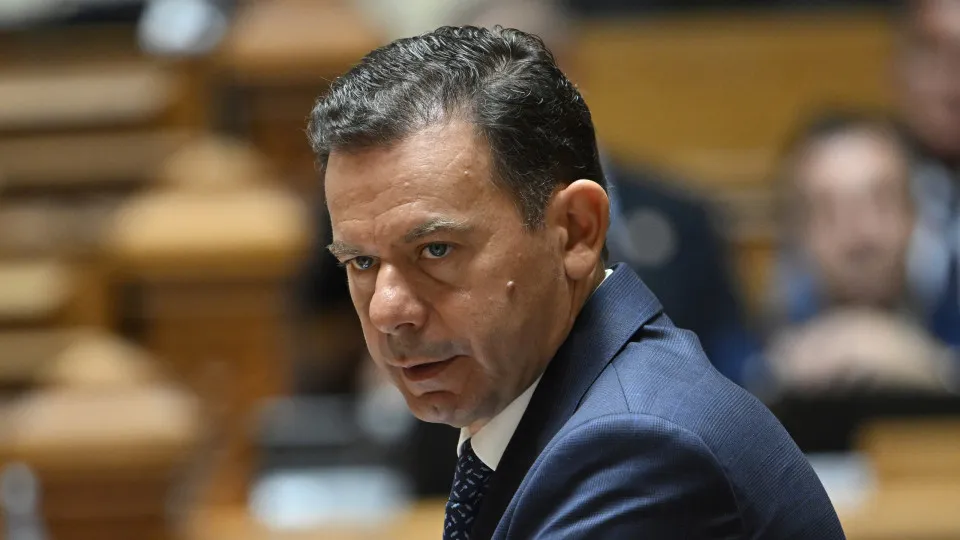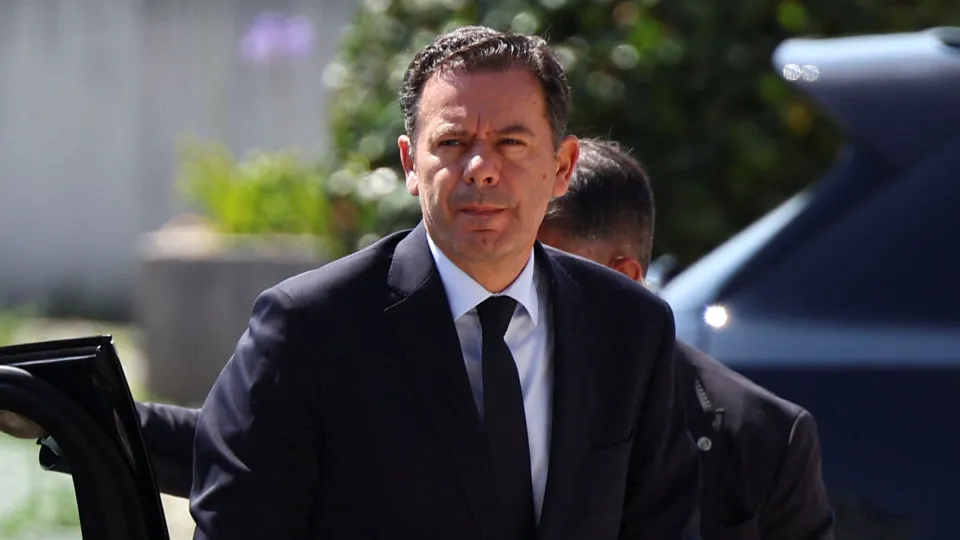
The Linha de Fuga, taking place from November 6 to 30, encompasses a festival featuring performances, exhibits throughout the city, a creative laboratory hosting eleven artists, a series of discussions, and various workshops, as announced in a press conference today.
The theme, primarily discussed within the laboratory, aims to reflect on the necessity of meeting and fostering friendship “at a time when society is increasingly individualistic,” stated Linha de Fuga’s Artistic Director, Catarina Saraiva.
“We forget to practice friendship, to cultivate or nurture it. While the performances may not directly address friendship, it remains a theme we wish to explore,” she remarked.
According to the artistic director, the performances aim to display a wide range of different perspectives on dance, with a vast plurality of views on contemporary art and dance.
In total, eight performances will be showcased (four Portuguese and four international), including ‘Para cuatro jinetes,’ by Mucha Muchacha, set to be presented in the main auditorium of Convento São Francisco (CSF), offering a reflection on folklore and its creators, with ambitions to reach “various audience types,” she noted.
‘Omegaville’ by Spanish group Los 3 Cerditos, ‘King Size’ by Portuguese choreographer Sónia Baptista, and ‘La foresta trabocca’ by Italian Antonio Tagliarini are also part of the lineup at Linha de Fuga.
Catarina Saraiva explained that the program balances experimental shows with others that intend to reach broader audiences.
The laboratory will feature six national and five international artists, who will hold informal presentations of their creative processes on November 22 and 23.
In addition to the laboratory, performances, and exhibitions, seven discussions and five workshops will be held.
Many performances offer the public the option to set their own ticket prices, except for Teatro Académico de Gil Vicente and CSF, where tickets range from three to ten euros.
Moreover, there will be several free activities, and workshop participation may also have adjustable prices, clarified Catarina Saraiva, emphasizing the concern for ensuring accessibility to Linha de Fuga’s programming.
The director of TAGV, Sílvio Santos, highlighted the fact that their structure is now a co-producer of Linha de Fuga, considering it a result of a relationship built over the years.
To Sílvio Santos, Linha de Fuga represents “a space of very particular experimentation,” fostering and stimulating dialogue “between diverse languages, audiences, and creators.”
Maria Carlos Pêgo, Director of Coimbra’s Department of Culture and Tourism, remarked that the initiative has helped “position Coimbra within the national and international landscape,” allowing for the projection “of contemporary art and dance experimentation.”
The program can be accessed at www.linhadefuga.pt




